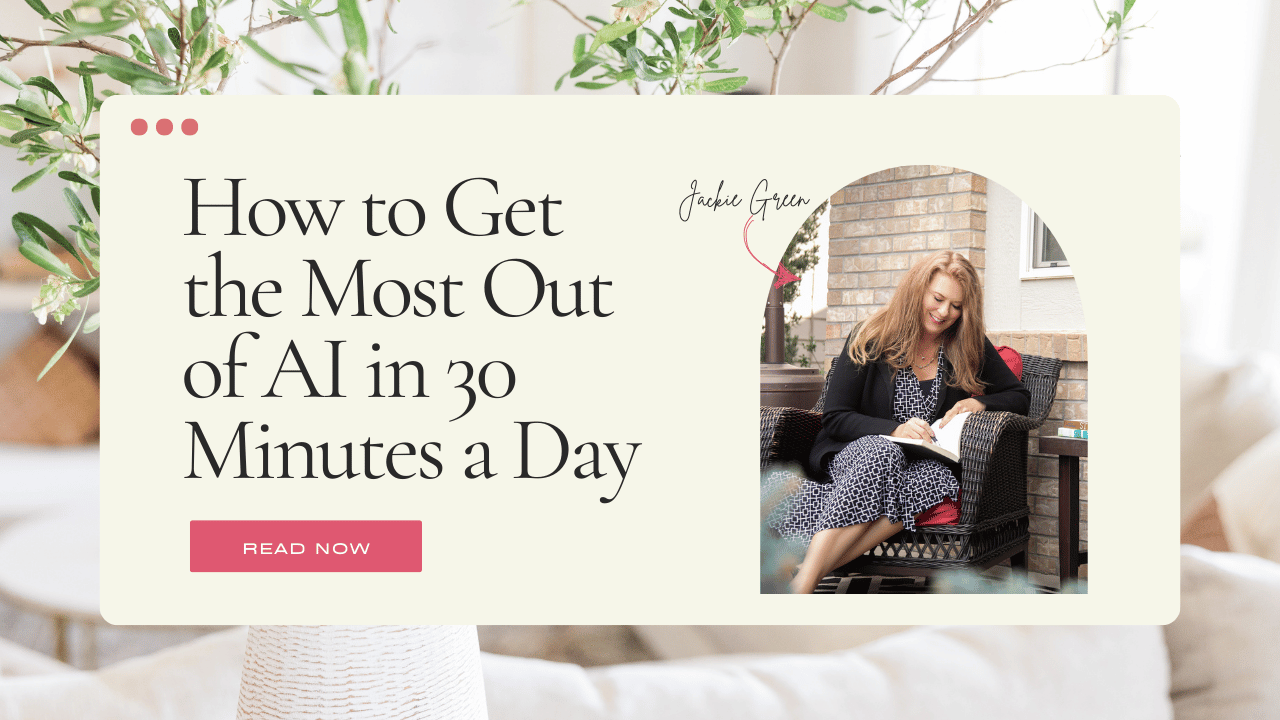7 Best Practices for Growing Your Design Business Using Facebook Ads
Feb 07, 2024
If you’re like many interior designers, creating a beautiful space is intuitive. But when it comes to figuring out how to get interior design clients, things might seem a little less straightforward.
The truth is that there’s no singular strategy for building your business — a successful growth strategy is going to have multiple facets. And in many cases, Facebook ads are critically important. Facebook is the world’s biggest social media platform, and Facebook ads let you potentially reach 2.249 billion people. Here’s how to make Facebook ads work for you.
1. Set Your Goal
Before you start brainstorming ad ideas, you need to decide the goal of your ad campaign. Do you want to build awareness of your brand? Get more social media followers? Grow your client list? A clear goal will help you measure your progress and adjust your ad campaign as needed.
Setting a goal can be a challenge if you don’t have experience in marketing for architects and designers. Fortunately, Facebook offers a useful guide on ad objectives for business owners. Here are six general examples:
- Sales: You want your ads to bring in more paying clients
- App Promotion: You want people to install your app or otherwise use it
- Lead Collection: You want to gather emails, phone numbers, and other connections to potential customers
- Website Traffic: You want your ads to bring more people to your site
- Awareness: You want people to discover and learn about your brand
- Engagement: You want to connect with people interested in your business — even if they won’t make a purchase right away
Many business owners would like to accomplish multiple objectives. There’s nothing wrong with that, but to maximize your chances of success, make sure to choose one main objective per ad campaign.
Fortunately, Facebook Ads Manager will walk you through this step (and much of the rest of the advertising experience). To get started with Ads Manager, you just need to make a Facebook business account and navigate to Ads Manager from there.
2. Stay True to Your Brand
Throughout your ad campaign, you want to make sure your business has a distinctive, recognizable voice, style, and personality. This accomplishes a couple of objectives. It makes your brand easy for your target audience to recognize, and it also speaks to your potential customers.
For example, let’s say you specialize in minimalist, modern spaces. If your ads involve sleek, black-and-white illustrations with modern sans-serif fonts, the types of people who will notice your ads are likely the same people who would want to work with you.
But what if you run an ad campaign with ultra-bright ads cluttered with shapes and different fonts? This type of aesthetic would appeal to some people, but they probably aren’t the people who would want to work with you.
3. Create a Budget
Facebook ads have a useful feature that paces your ads consistently to match your budget. You also have a couple of options for budgeting. You can set a lifetime campaign spending cap or a set daily amount. If you choose the daily option, you must commit at least $1 per day.
Make sure you set a budget and stick to it! If you don’t have a definite spending cap, it’s easy to talk yourself into spending a few more dollars — and if you do that frequently enough, you might end up spending hundreds extra! When you set a budget and track spending, it also helps you track the return on investment (ROI) for your ad campaign.
4. Identify Your Target Audience
Who do you need to reach? You might already have a sense of your target audience — their age, location, budget, taste in design, etc. At the very least, you probably have a record of what kinds of people have interacted with your business page.
Whether you already know your intended audience or not, Facebook ads can help you target them through a few different audience-creation strategies.
- Saved Audience: This feature lets you build your target audience by selecting features like age, behaviors, interests, and locations
- Custom Audience: This feature lets you glean information about your target audience from your customer data or Facebook-gathered data concerning people who interact with your page
- Lookalike Audience: With this feature, Facebook will find audiences similar to your existing audience
Make sure you regularly revisit this section. As more people discover and interact with your page, you’ll be able to more accurately identify your current target audience.
5. Craft Eye-Catching Copy
If you spend any amount of time on Facebook yourself, you’ve seen countless ads. Which ones stand out to you? Chances are that you remember ads with funny, unusual, or original turns of phrase. To connect with would-be customers, you need quality prose that speaks to them.
If you’re a skilled creative writer, this part might not be a problem. If you aren’t, it might be worth hiring a copywriter or other marketer to write your ad copy. The good news is that this is very doable, even for designers and architects on a budget.
Many freelance copywriters can work with you on an hourly basis, and unless your ads contain an unusual amount of writing, it shouldn’t take more than a few hours to develop some winning ad copy.
6. Have a Convincing Next Step
Let’s say you’ve created an absolutely killer ad. A Facebook user sees it, likes it, and clicks. Now what?
If you want your ads to achieve anything meaningful, you need to make sure there’s a clear call to action (CTA). Otherwise, you’ll just confuse and alienate potential customers.
For example, if your ad says, “Check out resources for revamping your space,” and it just leads to your homepage instead of to a clear lead magnet, your potential customer will probably click away. But if it leads to a landing page asking the customer to enter their email to receive a free home-design guide, you’ll more than likely end up with a new lead.
7. Track Your Success
Some of your ads will probably be more successful than others. Fortunately, Facebook’s campaign reports break down ad metrics to show you what’s working and what isn’t. You can tweak your settings, but in general, the Facebook Ads analytics tools will help you track the following:
- Clicks: Unique clicks, click-through rates (CTRs), cost per click, etc.
- Videos: How many viewers clicked on your videos, how much they watched, etc.
- Website Actions: Website visits, signups, etc. that happen due to your ads
- Events: Responses to any virtual or in-person events you host
- Engagement: Likes, comments, and shares of your content
- Performance: General reach and results of each ad
As you track your success, remember that setting SMART goals is essential to design and architecture marketing. This means any goal you set for your campaign should be specific, measurable, achievable, relevant, and time-bound.

Build a Better Marketing Strategy With Behind the Design
If you’re figuring out how to get architectural clients and interior design clients, having a detailed marketing strategy is vital. But unless you have existing marketing experience, it can be a challenge to run a business full-time while also trying to create and manage a marketing strategy.
That’s where Behind the Design comes in. We’re proud to offer a supportive community, and now, we offer expert online marketing for architects and interior designers. Get in touch today to schedule your introductory call and see what we can do for you!
Sign Up for Our Monthly Newsletter
Get helpful career, business, and design tips right in your inbox each month.
At Behind the Design, we are committed to building a stronger design community by reimagining education, training, and support for interior designers. Through our various software training options, educational articles covering everything from leadership to marketing, and soon Continuing educational courses, we are committed to helping you. Join our newsletter to get the latest education and training updates.











